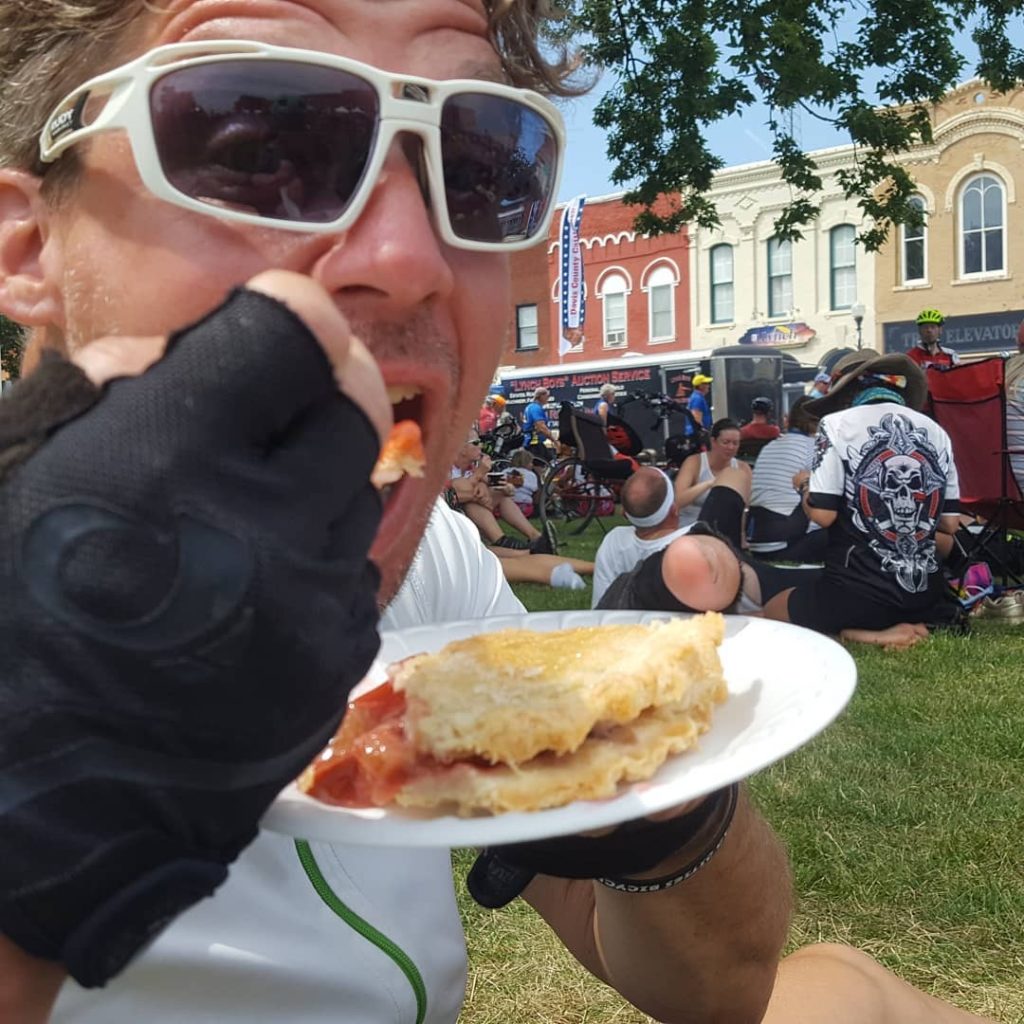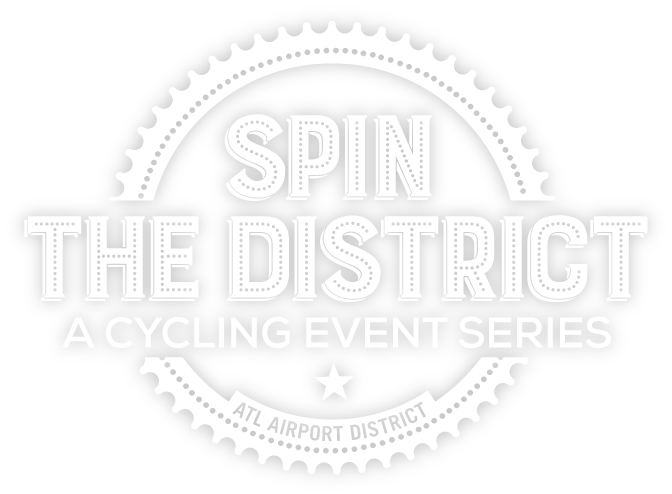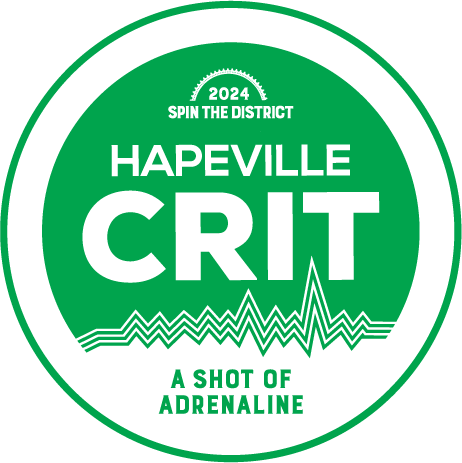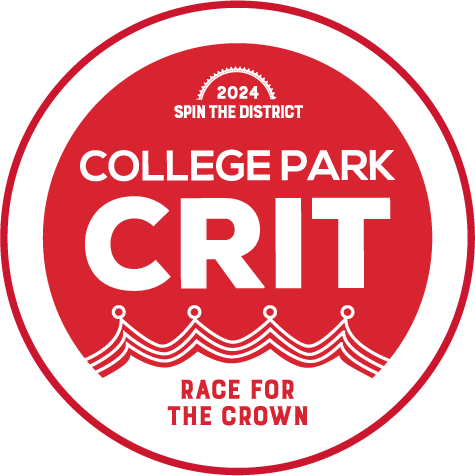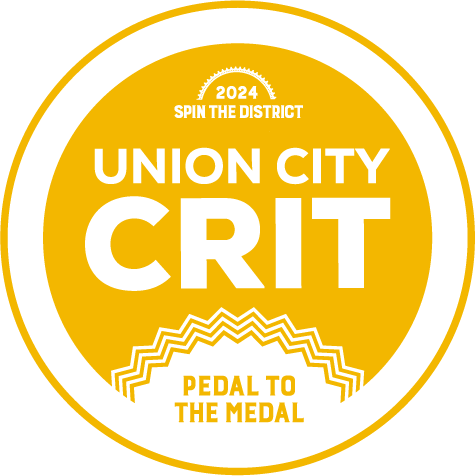Training for a century ride
by Wayne Whitesides – A long-winded cycling nerd
I just returned from a ride across the great state of Iowa. It’s a week-long event called RAGBRAI, or Register’s Annual Great Bicycle Ride Across Iowa. It’s the original cross-state ride, going on its 47th year. I road my first RAGBRAI in 1983 and have been hooked on pedaling two wheels ever since. Today, most states have a cross-state ride and Georgia is no exception. BRAG (Bicycle Ride Across Georgia) has been going strong for a long time now and is always worth doing. It’s a great feeling of accomplishment to know you road your bike from one end of the state to the other. What almost all of the cross states rides have in common, minus the comradery is a 100-mile day, better known as a century ride. Another significant achievement to check off your bucket list.

I have always ridden for the enjoyment of riding even if I’m three sets into one-kilometer efforts at 85% of my max or hill repeats (admittedly, I rarely do hill repeats any more), or in a torrential downpour, or a 107° day riding on gravel in Kansas for 200 miles and 19 hours straight. (See my earlier post.) I ride my bike because it makes me happy. It also keeps me remarkably fit, both physically and mentally. The physical aspect is obvious, but the mental? Riding my bike – any bike – is where I go to get my head on straight. Cycling to me is my church, it’s a state of mind I get in when I ride, where I turn off all distractions and can focus on my life or a particular topic.
Riding across the state for days and hours on end, I spent a good bit of my time, not eating pie as those who follow my InstaFace posts probably assume, but in pretty deep thought actually. I contemplate how best to run my business, get energized over the idea of new pottery projects, or honestly, politics?!?!. This isn’t the place for that so we’ll move along. Mostly during my time in the saddle, I was thinking about this article.
My accomplices for the journey included two 16-year-old’s, my daughter who is on her third RAGBRAI (her first solo ride not stuck on the back of a tandem with her smelly, grouchy dad), her good friend on her first cross-state ride, my lovely wife going on number three, and a good friend who thinks anything over a 30 second effort is 15 seconds too much. (He’s a track sprinter.) They all had to train leading up to the event so that they could ride 100 miles in a day, plus tack on another 400 miles over six more days. How? Well, that’s what I thought about for most of my time leading up to and what I spent most of my days on the ride thinking about in Iowa – that and, of course, fantastic church pie and delicious Iowa craft brews. (More on that some other day.)
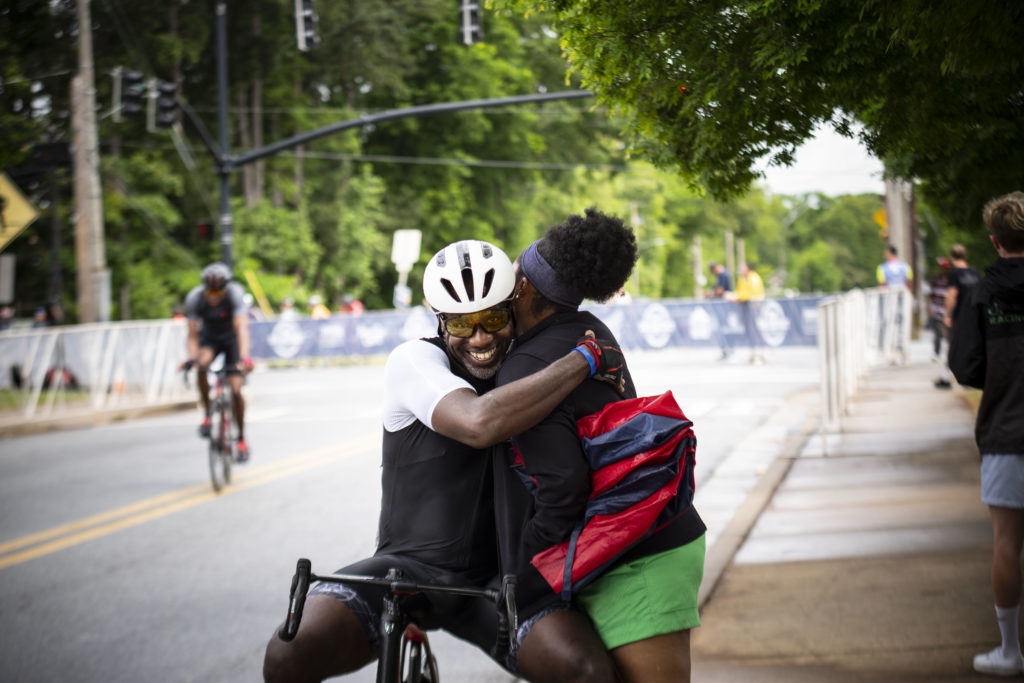
How to ride your first century
That’s the topic that probably brought you here and not my colorful, yet probably useless, lead-in. Riding 100-miles in a day is a giant milestone in the world of two-wheeled, pedaling excitement. It’s a big task that can seem daunting and can loom heavy over your head as you begin your training. The good news is that riding 100-miles doesn’t need to be that hard or complex if you plan for it. Heading out from couch to 100-miles is possible, but you’re not going to enjoy it. So let’s enjoy it by following a few pretty simple ideas.
Tip #1: Saddle time!
Sitting on a bike seat for 10 hours can be more painful than the actual effort to get you from point A to B. Finding the right saddle and fit is a task all to itself. There are thousands of articles written on both topics, and they are essential. Take the time to read up on the subject of seat choice and more importantly, bike fit. In my 37-year experience of saddle choice, I have seen trends, styles, and my own preferred seat manufacturers come and go.
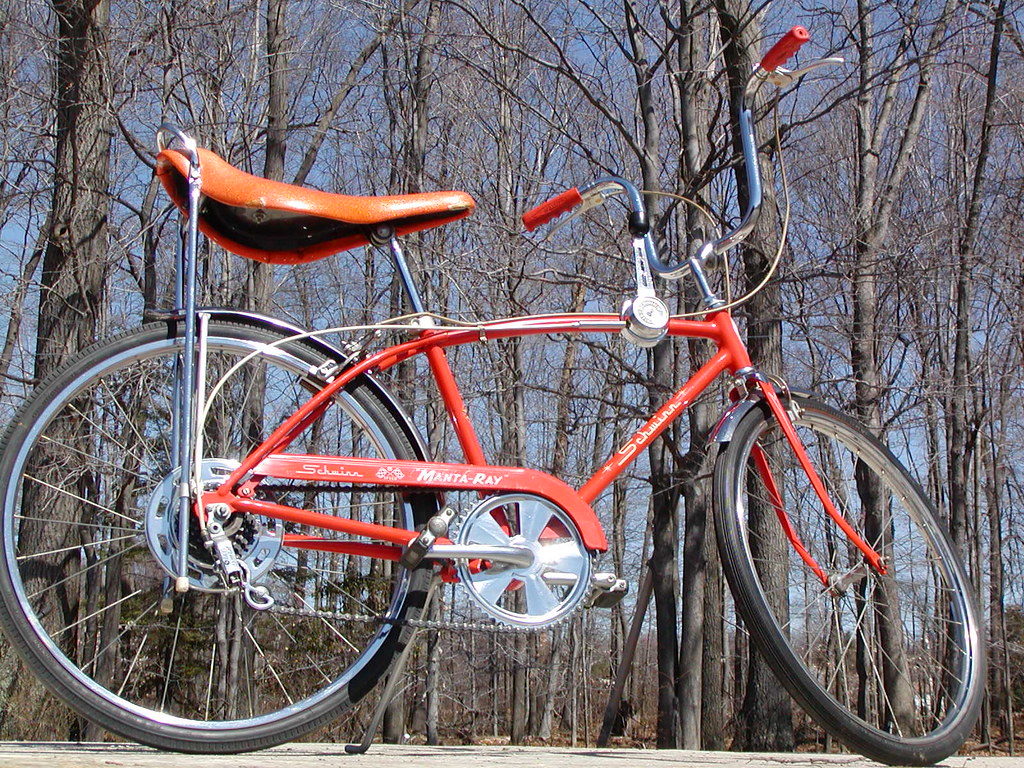
- DO NOT assume cushier is better. I hear it all the time and it’s the easy go-to for temporary relief, but believe me, it is temporary. I’m picturing you at a bike shop, you see that superwide, four-inch-thick, spring-loaded cush and think, “Wow that will be so comfy.” The reality is those seats are made for that Schwinn cruiser you had as a kid, where you’re sitting upright and going a few blocks down to the local soda shop – ok, most likely the mall, let’s not date this too much.
Again, there are articles written over and over about this. Talk to a bike shop and get an experts advice. Most shops even have tools that can measure the width of your sit bones and make a calculated guess to what will work best. Also, don’t assume the most expensive or latest is necessarily the greatest. I use the same mid-level Specialized seat on all my bikes. It’s what works best for me. - Ride what you researched! Really ride it, don’t do a ride or two and start looking for greener grass. As my wife says, ‘it’s just more grass.’ You’ll cuss and swear at your seat for a long time, most likely. Embrace the suck and try to think of other things. Practice getting out of the saddle and give yourself “butt breaks” throughout your ride, (more on this later) but really give the leather you invested in a chance. It will get better.
- DO NOT buy a seat pad for the seat you just invested in. The squishy gel or super-soft sheepskin cover can be so, so, so seductively tempting. Don’t give in. Again, it’s a short-term solution giving you temporary relief. It won’t last, and by mile 60 you’ll start to get what I’m saying.
Ultimately, don’t be quick to break up and look for the sexier model.
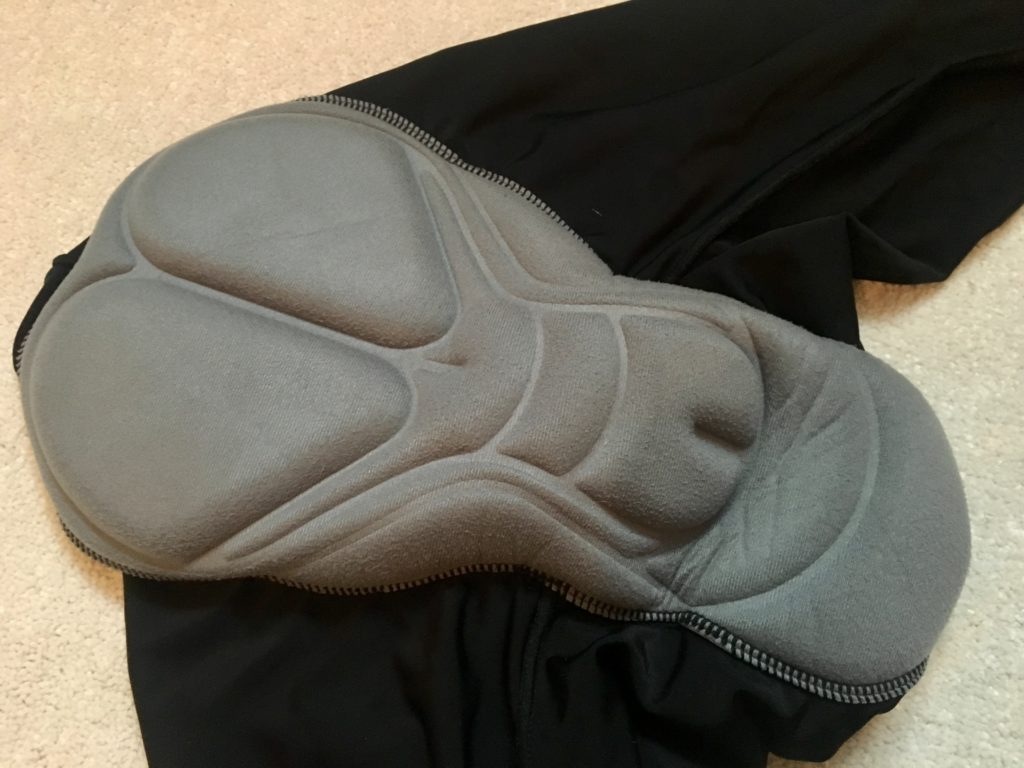
https://www.bicycling.com/bikes-gear/g20046313/7-chamois-mistakes-that-ruin-rides/
Tip #2 – Invest in the gear
You’re committed to riding 100-miles. Hopefully, you just spent the time to get a seat (or you’re devoted to the one you already had) and you made sure your bike fits right. Now you need a few more necessities. A properly fitting helmet should be obvious. Most century rides won’t let you do their event without one. A pair of cycling gloves will go a long way to keep you comfy, two water bottle cages and water bottles (or a hydration backpack if you’re used to using one for running or hiking), and don’t forget your sunglasses.
In my opinion, though, the most important and essential element to your first 100 is a quality pair of cycling shorts. If you’re uncomfortable with the thought of sporting spandex, there are companies now that have the cycling short sewn into shorts or skorts. What they all have in common is a chamois. The chamois a big deal, personally, more so than your seat, in my opinion. Get yourself one good pair, do some research and make the investment. One pair will do at first, wash them after each ride and let them dry out for the next ride.
Finally, cycling shoes are an eventual necessity. You can ride in tennis shoes comfortable enough, but the soles of tennis shoes are not meant for cycling – they’re called “tennis” shoes after all. Cycling shoes have a stiffer sole that allows the energy of your pedal stroke into the peddle, creating more power and making your ride more efficient and ultimately more comfortable. Eventually, check into adding clipless pedals to the mix. The combination of shoe and pedal will make your rides so much more enjoyable. I recommend SPD pedals and a good pair of mountain bike shoes to start. They’re easy to get used to clipping in and the shoes are more comfortable to walk in. With that said, if you had to prioritize your investment for your first 100:
- Helmet
- Quality Cycling Shorts
- Everything else eventually.
Tip #3 – Start slow but ride often
The best and easiest way to get used to riding, and quite frankly to doing your first century ride, is spending time in the saddle. The more time sitting on that now thoroughly cussed out seat the quicker you will come back to speaking terms, maybe even becoming friends, and the fitter you will develop in the process. Don’t push it and don’t worry about miles. If you get a saddle sore, rest it a couple of days, or if you continue to get saddle sores as you increase your training, then think about a different seat option or get a bike fit test done. (more than likely the reason for the sores)
Saddle time doesn’t need to be a 50-mile grind to get your time in. Try three 15-mile rides to start, or four 10-mile rides after work, or go to the gym and get 30 minutes on a fitness bike or take a spin class. Try, though, to get as many rides as you can on your own bike. The goal of this first part of your training is repetitive time in the saddle. Weekends should be a given, but try to go for a short ride Friday night or Monday. Three consecutive days of riding is better than one day of more miles. Days in succession will get you used to and comfortable with riding without stranding you beyond your ability and risking injury from a longer ride.
Most likely, the more miles you repeatedly do, the less likely you’ll get sore and the more fun it will be. I’m going to be 100% honest; the first month isn’t fun at all. Sorry, you can punch me at the start of the Union City Gran Fondo in September.
A bit about saddle sores before we continue
Riding sore at first is very common. There is, however, a difference between being just generally sore around your saddle region to having physical/open sores from riding. Being a little “raw” and sore is simply part of the game, your initiation into riding. My wife calls it the “fire down below.” Your first temptation is to stop riding and wait a few days or a week, but this only prolongs the inevitable. At some point, you have to fight through it. This is why shorter riders more often are better.
A saddle sore, on the other hand – blisters, cuts, or bad rash – is a different ball game. Stop riding and take care of it. Desitin works really well at night, and use it during a ride if you feel a sore coming on. It protects and heals. Many riders now swear by Chamois Creams or Butt Butter. There’s a lot of choices, and they work to varying degrees to prevent or curb saddle sores. Take lots of precaution to protect your nether region, but 9 out of 10 times, if you keep riding the pain will go away. Your bones and tissue around the saddle just need to get used to riding. Even the most harden rider will have to go through the break-in period again if they take extended time off the bike.
DON’T FORGET TO TAKE BUTT BREAKS. Get off the bike completely, or learn to get out of the saddle when riding. I like to ride for 10 or 15 minutes and then take a butt break by getting out of the saddle and coast with one leg pointing down and stretch, I then switch legs down and stretch again, all while coasting. My breaks are only for 10-15 seconds, but those seconds make a significant difference over time. Especially if you’re riding a rail trail with few hills where you’re naturally not getting out of the saddle to climb a hill or stop at a stop sign.
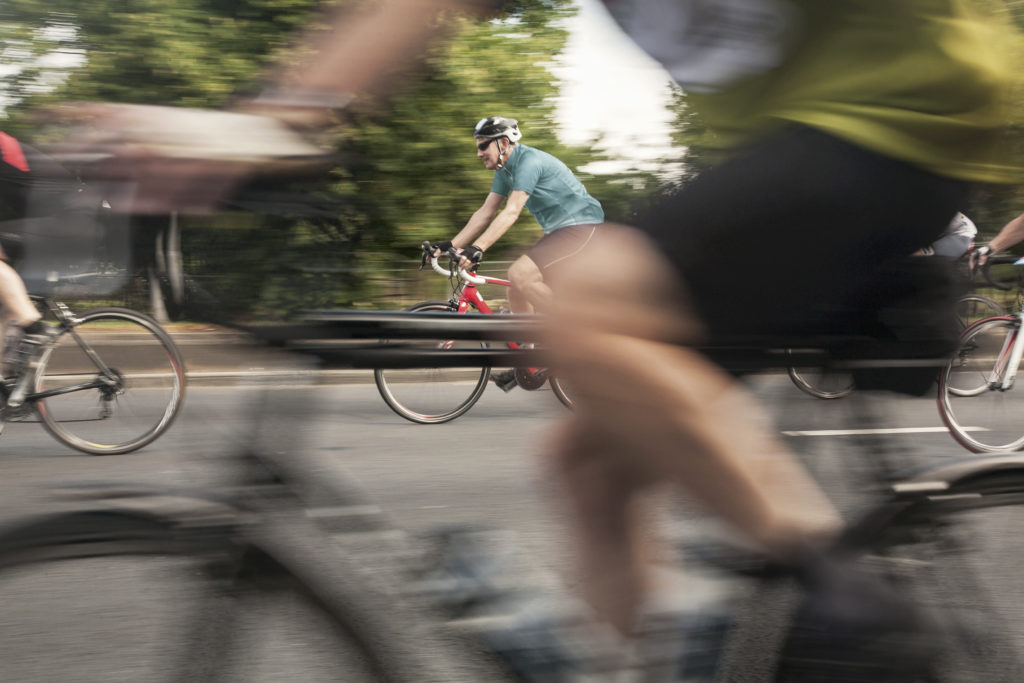
Tip #4 – Time to turn it up a notch
The Spin the District Union City Gran Fondo is September 22, so how far out do you need to start training? It’s August 4th, as I write this, so honestly, two weeks ago or longer would have been the ideal time, but don’t worry, we can still make it happen. Getting used to your saddle should take two to three weeks. If you are riding three times a week, then you’re well on your way. By the end, you shouldn’t be worrying about your seat as much, and we can now start to increase your miles. Ideally, two weeks prior you should be ready and feeling strong enough to get out for a five to six-hour ride (65 – 75 miles depending on your pace).
So let’s lead up to that number and ultimately the big day.
Week Zero: Take your bike in for a tune-up if it hasn’t been ridden in a while.
Week One: 3 days at least one hour each day, don’t worry about pace or distance.
Week Two: 3 to 4 days at least one to one and a half hours each day.
Week Three: 3 to 4 days with one day being at least two+ hours.
Week Four: 4 days with two days at a minimum of two to three hours.
Week Five: 2-3 days – take a mini-break. Try for an hour each ride, or a little less if you’re pretty sore. Do not not ride. You’ll regret it.
Week Six: 3-4 days with one day at least four hours. Go out the next day for at least an hour. Don’t forget to bring snacks or stop mid-way at a convenience store to refuel.
Week Seven: 3-4 days with one day going for a five to six-hour ride. Find a comfortable place to do it. Rail Trails, like the Silver Comet Trail, or a relatively flat bike path. Six hours would be preferred, but we all have a busy life. Again, ride the next day regardless, to smooth your legs out. You’ll need to stop for more water and to refuel at least twice.
Week Eight: The big week. Ride mid-week and again the night before easy if you’re able, just to flush your legs out. Get plenty of sleep and prepare yourself for a long day in the saddle, maybe 10hrs or more. Prepare your gear two days in advance and by the Monday before make sure your bike is in good working order. (Give yourself time to take it into a bike shop for a tune-up if need be).
If you have more than two months, replicate week three and/or four depending on how much time you have. Always try to take the fourth week easy and give yourself two weeks between your six-hour ride and your century day.
Tip #5 – The big day
First, don’t stress out. You have all day to do the ride. Enjoy it. Chances are you are doing an organized century or gran fondo event like ours, put on by a club or promoter and chances are they will have AID stations along the route. Find out where those AID stations are and try to plan to stop every 2 hours. On the average, you want to drink one large bottle of fluid an hour, preferably with some sort of electrolyte mixture in it. (Nuun, Gu or even Gatorade.) If it’s hot, plan to drink more. The key is to stay hydrated. If you feel thirsty, you’ve waited too long. The AID stations, sometimes referred to as SAG stops, will have water and most likely some sort of energy drink and simple snacks. Take some time to finish off any bottles you have or drink some more while you’re there. Refill your bottles, grab a bite and head out. If the AID Station doesn’t have snacks, be prepared to bring some energy bars with you, maybe even some bananas. (Peanut butter sandwiches are the poor man’s energy bar.) If there is no support stop, try to find a gas station on the route every two hours. Try to think about how you felt on the six-hour ride prior and gauge your effort off of it.
The ride will most likely have a time cut-off around 12 hours; that’s a little over an 8 mph average. Plan your stops accordingly to make sure you have time. Plan on taking a bit more time at your mid-day AID stop. I recommend stopping for ten minutes every two hours and twenty minutes at the mid-day stop. That’s roughly an hour and twenty minutes of stopped time, giving you ten and a half hours of maximum ride time or 9.5 mph average to get home.
Ride at your own pace. It can be tempting to try to jump in with a group that’s going a little faster. For your first 100, chat all you want with other riders, but if they start going faster, slow things back down. If they want to ride with you they can go at your pace. Don’t be afraid to send them on their way if they keep upping things on you while you’re talking.
That’s really all there is to it. Once finished you’ll already be thinking of your next big ride!
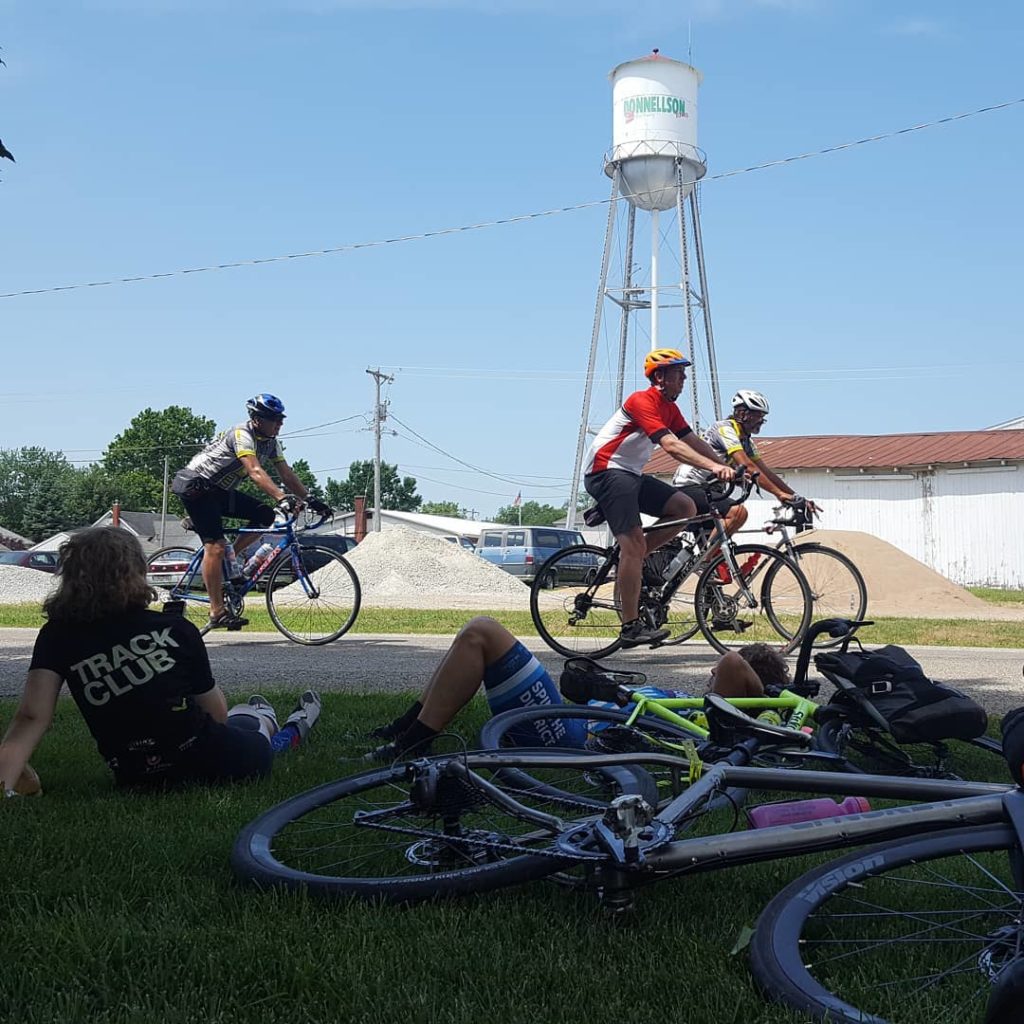
#6 If this wasn’t long enough already
A few additional ideas to make the training more enjoyable.
- Finding a place to ride when starting out can be a challenge if you’re not entirely comfortable. In Atlanta, the Silver Comet is an ideal location. It’s flat, not overly crowded and well maintained. If you don’t have a Rails to Trails path close by, try to find other bike-only Paths or bike lanes. If nothing like that is available where you live, you have to find something. In the city or suburban neighborhoods, that might mean just finding a few less-traveled blocks to create a circuit or a sub-division loop that you can repeatedly do until you are more comfortable venturing out. Look at websites like Ride with GPS or Map My Ride or even google has a bike route feature to gain knowledge of safe routes.
- Find a club to join. In Atlanta, we have a lot. The Metro Atlanta Cycling Club (MACC) or Sorella Cycling for women are two excellent choices. Both have group rides and MACC does a superb job of helping new riders learn to ride in a group with others.
- If you’re a little more experienced and comfortable riding in a group, find some area group ride that fit your time constraints and ability. It really helps the time go by.
- Once you’re satisfied with your results, try to up your pace when you go out next. Spending the last thirty minutes of your ride pushing yourself is a great way to increase your endurance without putting a lot of risk on your journey.
Finally, the Spin the District Union City Gran Fondo – September 22 – has a lot of ride distances to choose from. Don’t fret if training isn’t going as well as planned. Maybe try our 10, 30, or 60-mile options this year. You’ll gain experience without undue pressure and you can come back next year more prepared. Oh, and if you’re feeling really sassy, we have a 60, 100 and 150-mile gravel options too, but that’s for another discussion.
